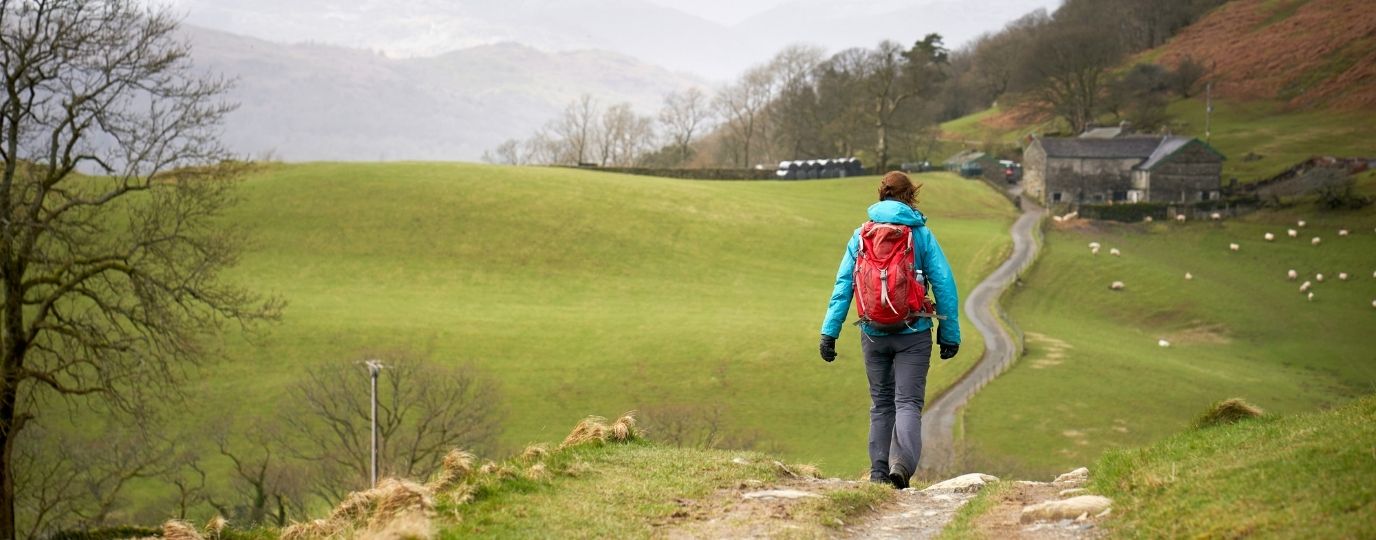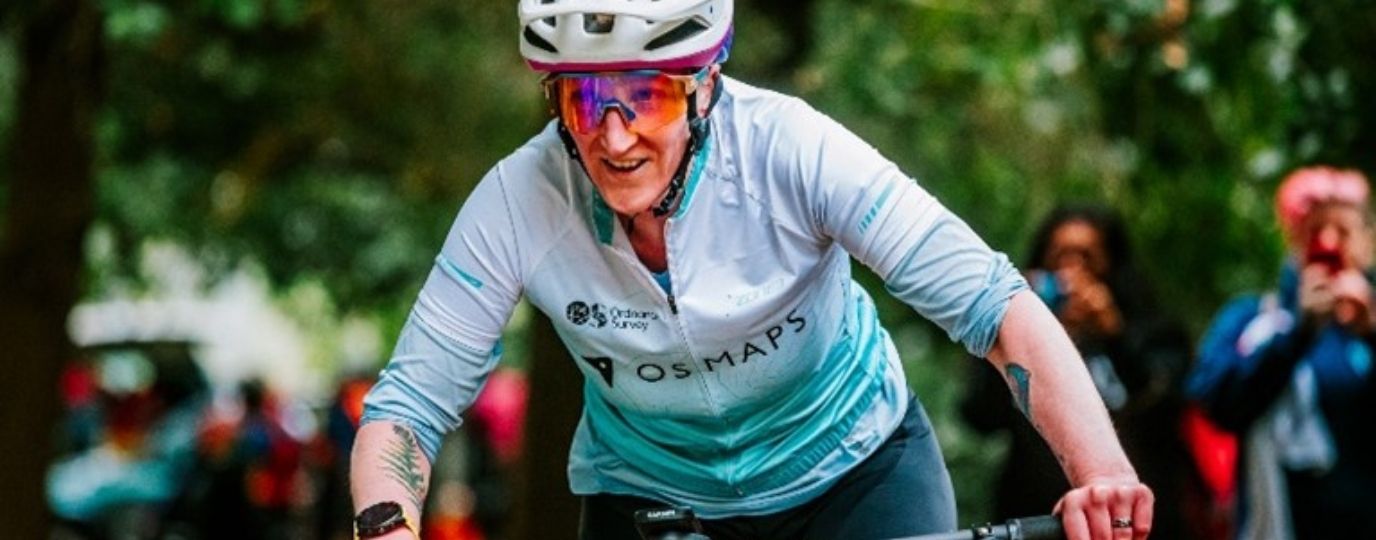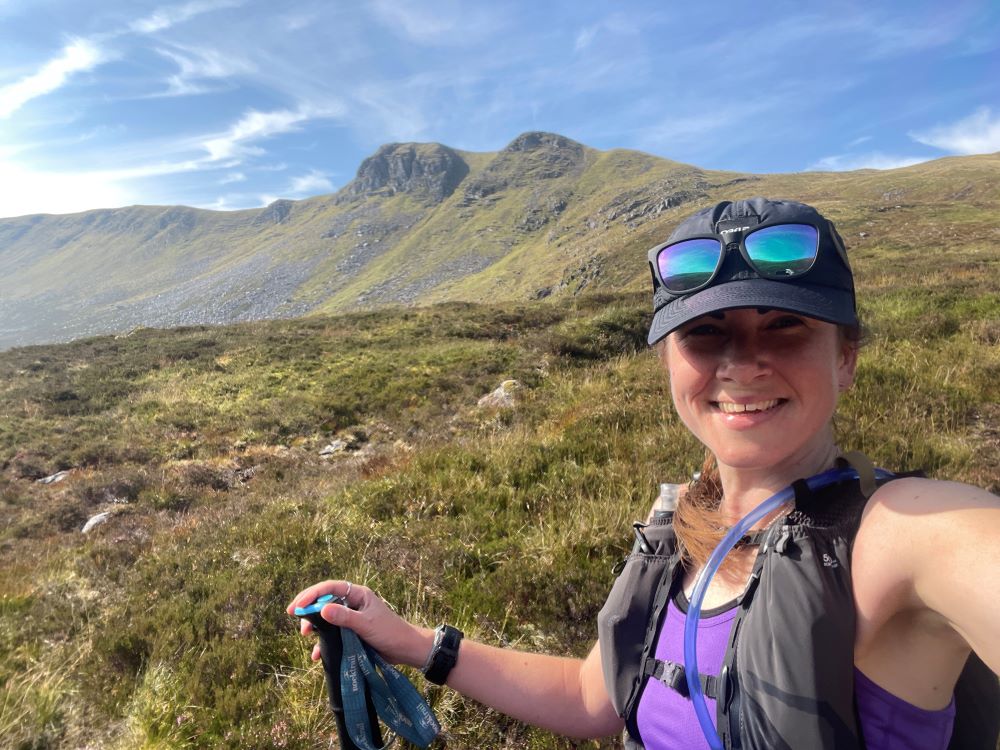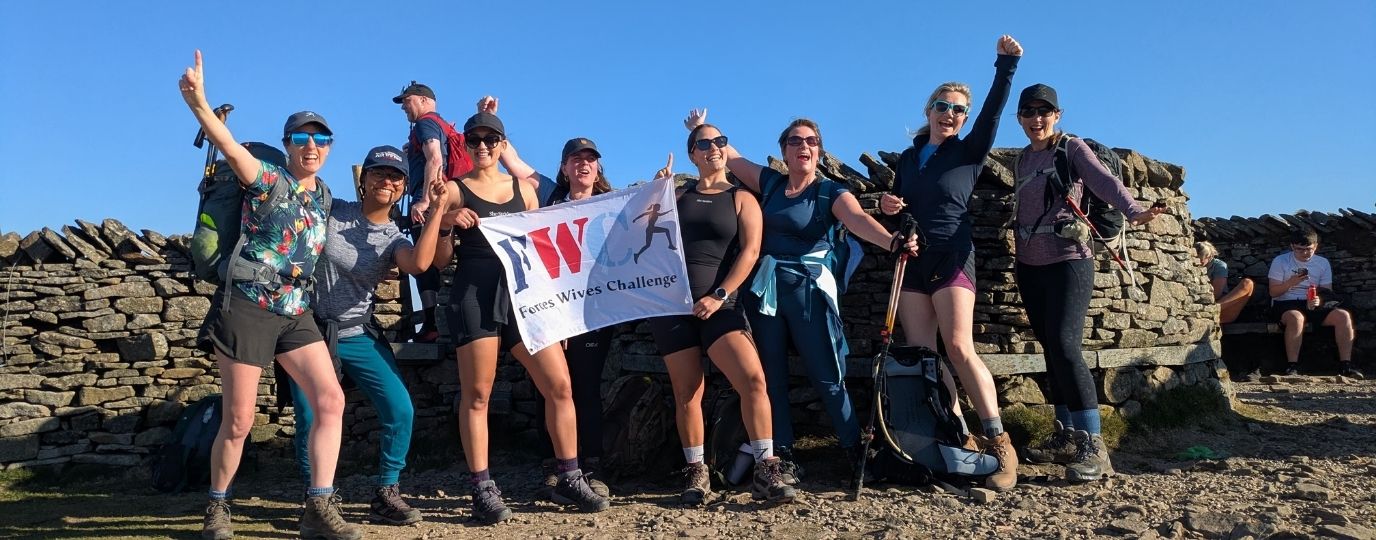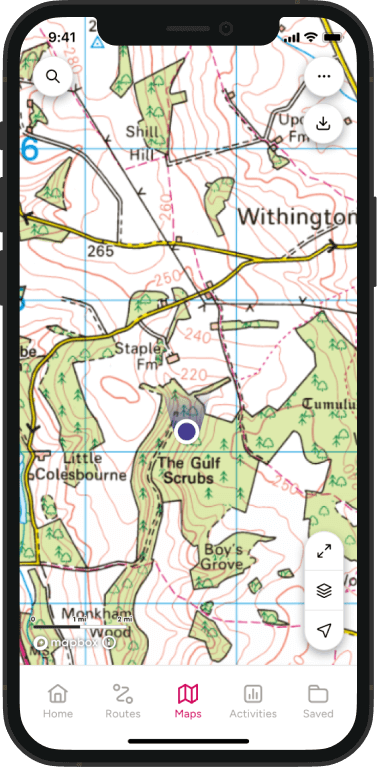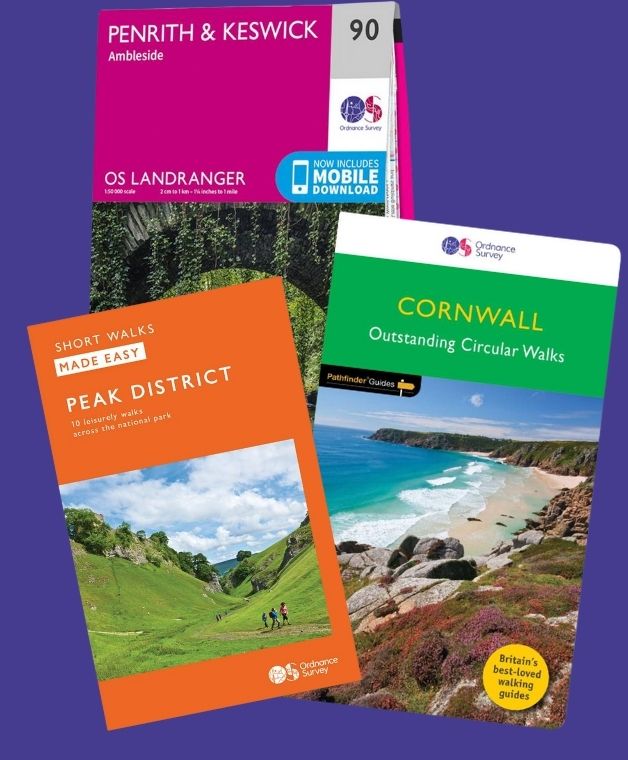Navigating with confidence: How a GPS empowers older walkers, solo hikers and women
There’s nothing quite like the freedom of exploring the great British outdoors. Whether it’s the steady rhythm of boots on a quiet moorland trail or the hush of a forest at dawn, walking connects us with nature and with ourselves. But for many people, particularly older walkers, solo hikers, and women, that sense of freedom has often come with a shadow of hesitation.
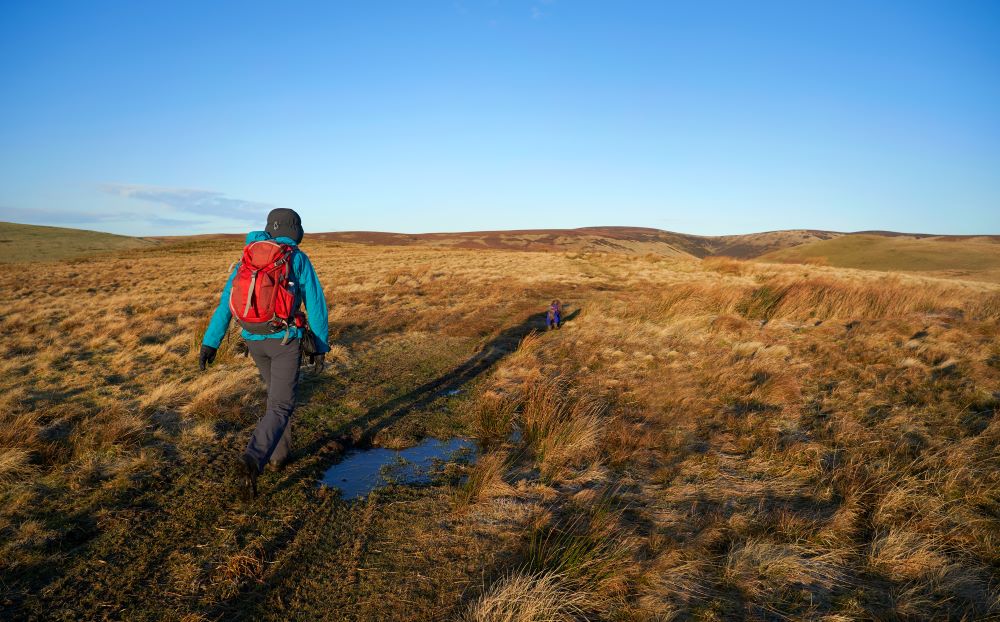
Concerns about getting lost, losing mobile phone signal, or simply not being confident in your location can dampen the experience. And let’s be honest – paper maps, while wonderful, aren’t always easy to navigate when you’re on your own, battling wind, rain, or low light. In this post we look at how you can start to navigating with confidence.
That’s where modern GPS technology steps in – both GPS units and GPS watches, not to replace traditional navigation skills, but to complement them and boost your confidence outdoors as it will navigate you around a pre-planned walk.
Freedom without fear
For solo walkers, particularly women, there’s often a balancing act between adventure and safety.
A GPS unit or GPS watch gives you more control over your route. With clear waypoints, real-time tracking (on a number of GPS products), and the ability to follow a pre-planned route, even in poor visibility, it becomes easier to explore further, knowing exactly where you are and where you’re headed.
And for friends and family back home, the reassurance is just as valuable.
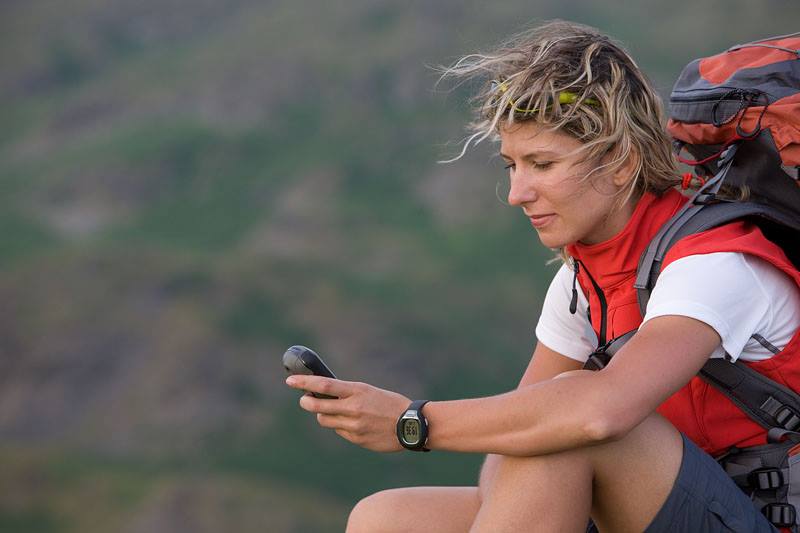
Many GPS devices now offer live tracking features or allow you to share your location with a trusted contact, so someone knows where you are even if you’re out of phone signal. Some GPS units and two-way satellite communicators, like the Garmin inReach, also include an SOS button. If the worst happens and you need emergency help, pressing the SOS button sends a distress signal via satellite to a 24/7 emergency response centre. This gives solo walkers extra peace of mind in remote areas. Please be aware a subscription is required for services like this to work, just like a mobile phone contract.
Independence for older walkers – navigating with confidence
Age shouldn’t be a barrier to getting outside. In fact, many older walkers are enjoying more walking than ever before. But with age can come changes in confidence, especially when navigating alone or in new areas.
Using a GPS unit takes the pressure off. Large-screen handheld GPS devices like the Garmin Montana, TwoNav Terra and TwoNav Aventura 2 Plus offer clear, intuitive displays and Ordnance Survey mapping at 1:25k scale so you can easily follow your route and track your progress. With simple interfaces and the ability to download pre-planned walks created by other people or you can plan and transfer a GPX file from OS maps at home, either on a PC/ Mac or using the OS app and head out knowing exactly where you are going.
For many walkers we work with at GPS Training, the feeling of confidence that comes from carrying a GPS has been transformative. ‘I still carry a paper map’ one customer told us, ‘but I rarely take it out of my rucksack’. With the GPS, I know I’m on track, and it’s given me the courage to try new routes again’.
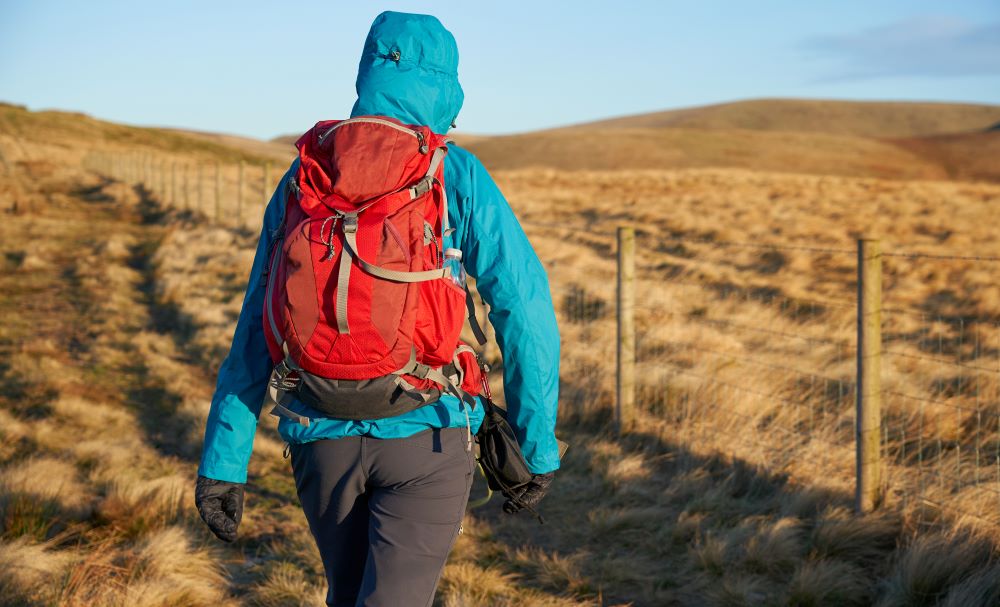
No need to walk alone (unless you want to)
One of the most empowering aspects of modern GPS tech is the ability to walk solo on your terms.
You don’t need to rely on others to lead the way or second guess every turning. The combination of detailed Ordnance Survey maps and a reliable GPS unit with OS maps on means you can enjoy the walk, soak up the scenery, and stop for a mug of tea if you choose.
Plus, GPS units often include route recording features, which means you can look back on your day’s walk afterwards. Look at how far you have walked, your average speed, how high you climbed, and even how fast you walked. For some, it’s a handy fitness tracker; for others, it’s just a great way to relive a perfect day as your adventure is overlayed on a map both on the GPS and on an app on your mobile phone.
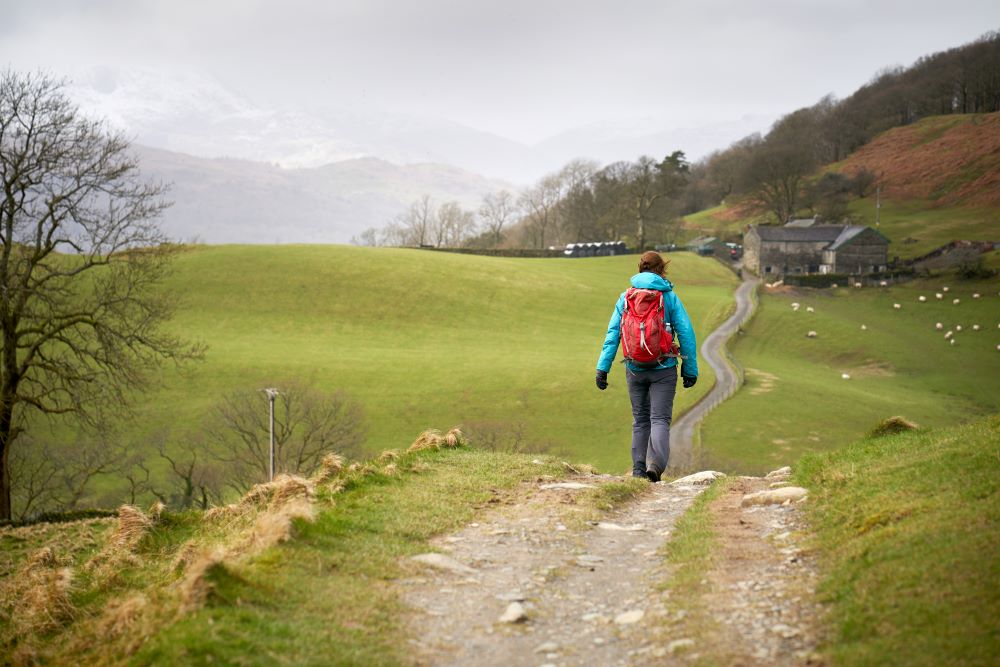
A tool to enhance, not replace
Let’s be clear, we love paper maps. We always recommend that walkers carry one and know how to use it.
But GPS navigation is no longer just for the tech-savvy or the elite. It’s for anyone who wants a little more peace of mind, a bit more independence, and a way to walk with confidence.
So, if you’ve ever hesitated at a fork in the path, turned back early, or stuck to the same few local routes because it felt safer, maybe it’s time to try a GPS. It might just open a whole new world of walking.
Written by GPS Training for Get Outside.
GPS Training – the UK’s leading specialist in outdoor GPS navigation.
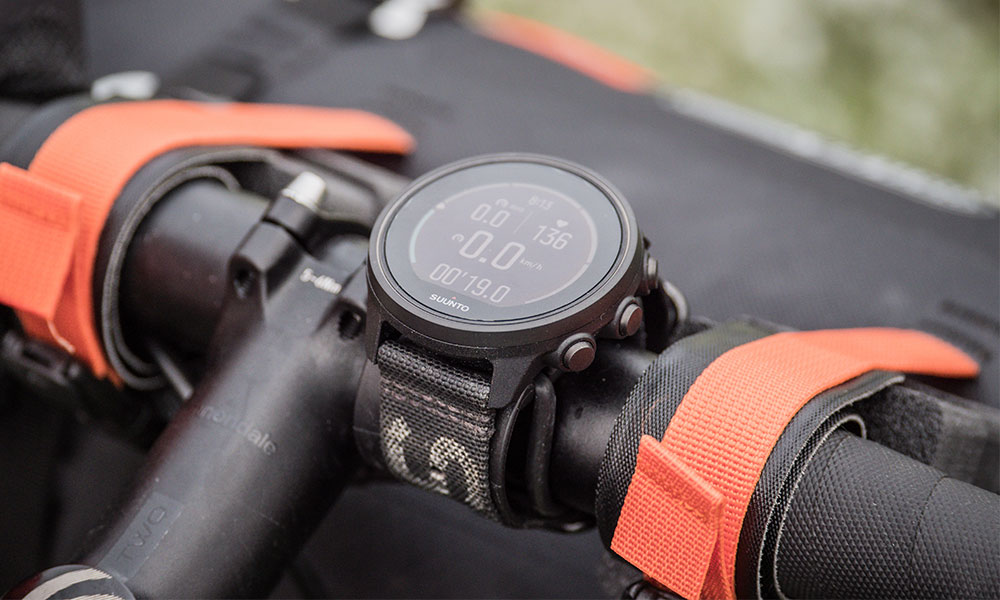
Beginners guide to choosing a GPS device
Would you like to use a walking, running or cycling GPS device to make your outdoor activities easier, safer or more fun but don’t know where to start? This GPS guide looks at different features and functions to help you choose a GPS device most suited to you.

Advanced guide to finding your exact location
Pinpointing your location is a fantastic skill to have whilst out on an outdoor adventure as you can use your surroundings to find your exact location on a map. Follow this fantastic guide to become an advanced navigator and learn how find your exact location when you don’t know where you are.
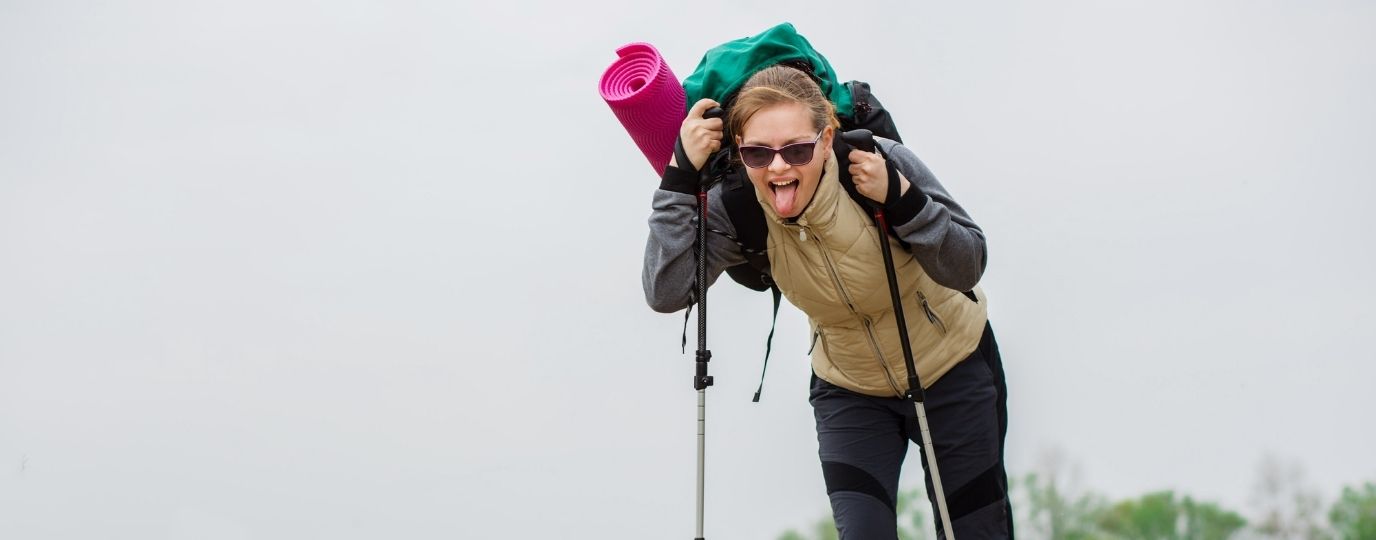
Understanding the Difference: Women’s vs. Men’s Backpacks
What’s the difference between men and women’s backpacks? – we explore all the design difference and look at plus size backpacks too

By Jon Monks – GPS Training
Jon Monks is the manager of GPS Training. Based in Northumberland, in the North East of England GPS training is the largest independent retailer of Outdoor GPS units and also the largest GPS trainer in the country, delivering courses nationwide as well as online.
